Mapped: Low-Wage Workers In The Workforce, By U.S. State
(Click on image to enlarge)

Low-Wage Workers as a Percent of the Workforce, by U.S. State
Today, 30.6 million Americans, representing 21% of the workforce, earn under $17 an hour.
For the past 15 years, the federal minimum wage has remained unchanged, with its real value now at its lowest point in 67 years. While the pandemic fueled wage gains for low-paid workers due to tight labor markets and state-level minimum wage increases, this comes after decades of stagnant wage growth.
The above graphic shows the share of low-wage workers by state, based on data from the Economic Policy Institute.
Which States Have the Most Low-Wage Workers?
Below, we rank states by the share of workers earning under $17 an hour.
The $17 threshold was chosen because of the Raise the Wage Act of 2023, a bill that’s been proposed that would gradually increase the federal hourly minimum wage to $17 by 2028.
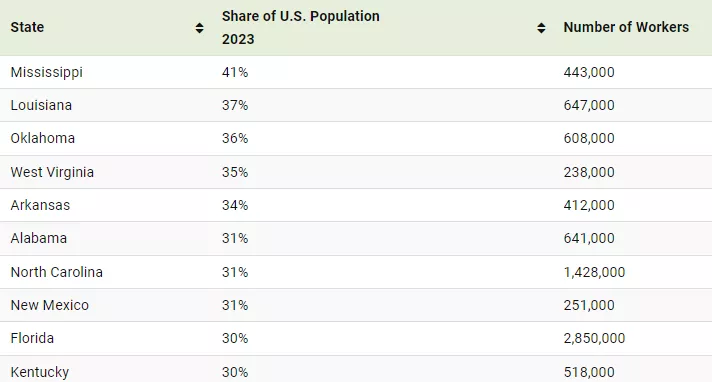
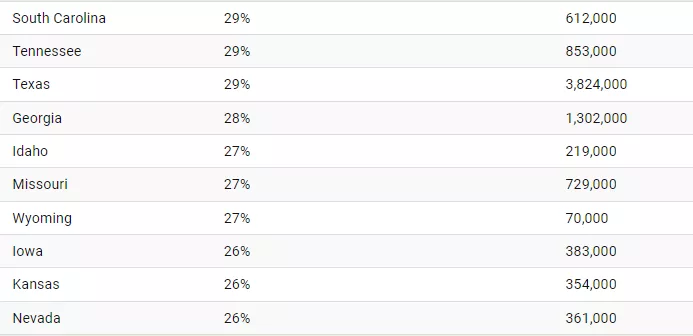
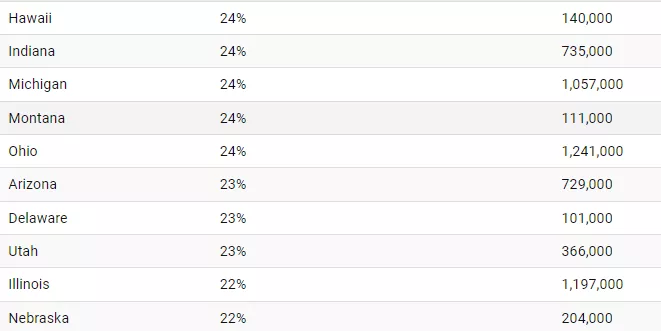
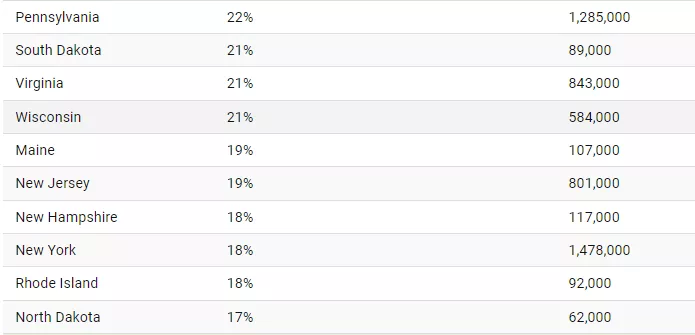
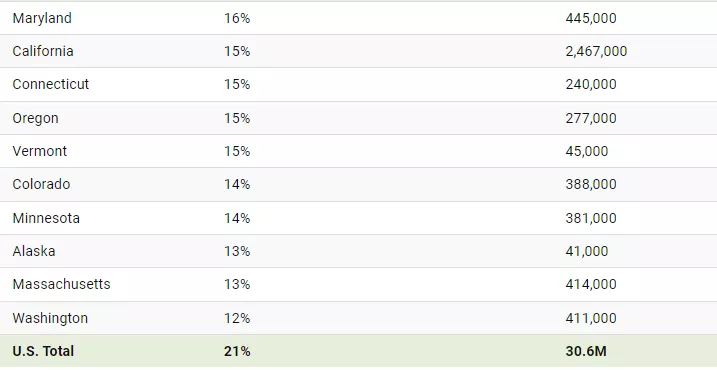
The southern state of Mississippi has the highest share of workers earning under $17 an hour, making up 41% of its workforce.
Despite having lowest cost of living in the country, Mississippi has struggled to attract workers, even amid a period of sustained inflation. With no state minimum wage, it defaults to the federal minimum of $7.25 per hour. Additionally, its workforce is the least productive in the country, measured by economic output per job.
Following Mississippi are Louisiana and Oklahoma, with 37% and 36% of the labor pool being low-wage workers, respectively. Since the start of the pandemic, Louisiana has seen some of the slowest average wage growth across America. In real terms, between mid-2019 to mid-2023, it rose just 1.7% in total.
By contrast, Washington has the lowest share, at 12% of the workforce earning under $17 an hour. This is due in part to its high minimum wage, which increased from $15.74 in 2023 to $16.28 this year.
Historic Wage Gains
Notably, between 2019 and 2023, real wages increased by a total of 12.1% across low-wage workers.
These gains marked a historic rise in real wage increases, even as inflation increased by almost 20% during this period. As part of this shift, 29 states raised their minimum wage through indexing, referendum, or legislation. While these wage gains have been markedly slow for decades, the share of low-wage workers has substantially declined from over 30% of the workforce in 2013, adjusted for inflation.
More By This Author:
Charted: The G7’s Declining Share Of Global GDPCharted: Visa, Mastercard, And UnionPay Transaction Volumes
Ranked: The Largest Sector ETFs, By AUM
Disclosure: None



